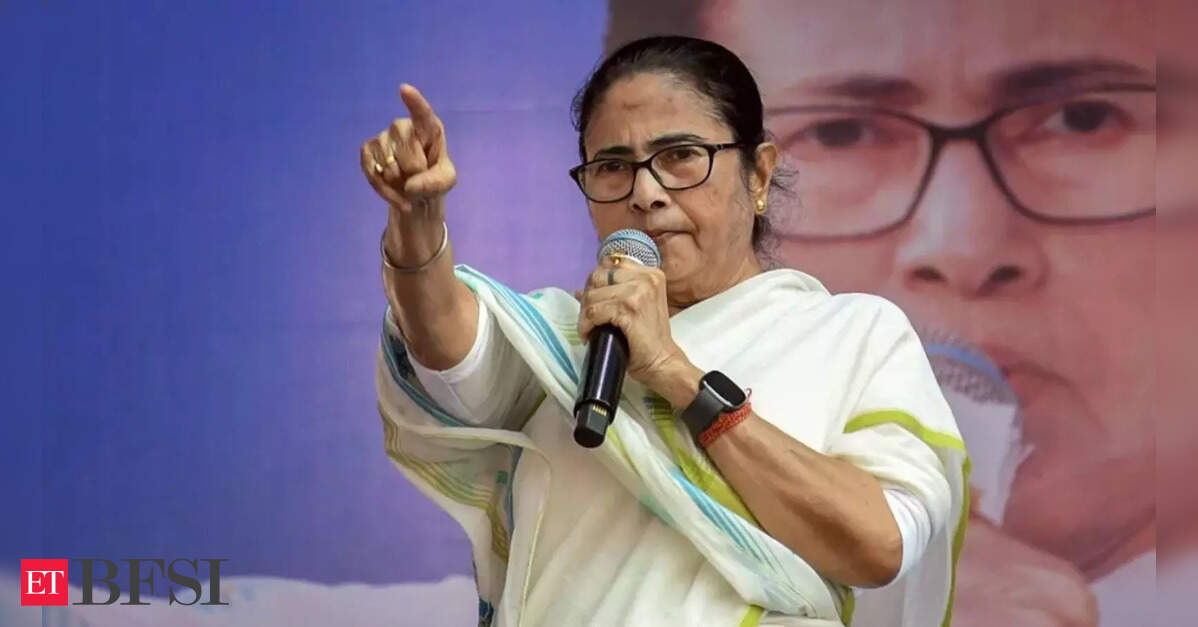
Modi unveiled what he called a “GST Savings Festival” to begin with Navratri, describing the tax revisions, together with income tax exemptions, as a “double bonanza” for citizens. Banerjee responded by saying that while her state welcomes the cuts—despite a projected revenue loss of around ₹ 20,000 crore—it is wrong that the Centre is portraying the initiative as its own. She said: “We had sought a lowered GST… it was our suggestion at the GST Council meeting.” She also claimed direct correspondence to the Prime Minister on the issue.
Besides the GST dispute, Banerjee asserted that the central government has withheld funds from several of Bengal’s welfare schemes, including Lakshmir Bhandar and Krishak Bandhu. She reported that approximately ₹ 1.92 crore in central project allocations under programmes like MGNREGS remain unpaid, complicating the state’s ability to maintain these schemes.
Union Finance Minister Nirmala Sitharaman has outlined that the second-generation GST reforms will reduce rates on essentials, align most goods and services into simplified slabs, cut duty on medicines, health insurance, and certain daily-use items, and lower GST on various handicrafts of Bengal—from Darjeeling tea to Nakshi Kantha. These changes are intended both to ease household expenses and support MSMEs.
The opposition, including Congress, has criticised Modi’s administration for claiming sole credit for the GST reforms. Congress leaders called the tax cuts insufficient, arguing that they don’t address long-standing issues such as compliance burdens, the multiple rate slabs, and demand that compensation to states be extended beyond current provisions.
Economists have attempted to project the net fiscal impact: the revenue loss from the GST rate cuts is sizeable, though deficit concern is mitigated by increased consumption, reduced compliance cost, and expectations that stimulus from tax relief will boost economic activity in the run up to the festive season.
